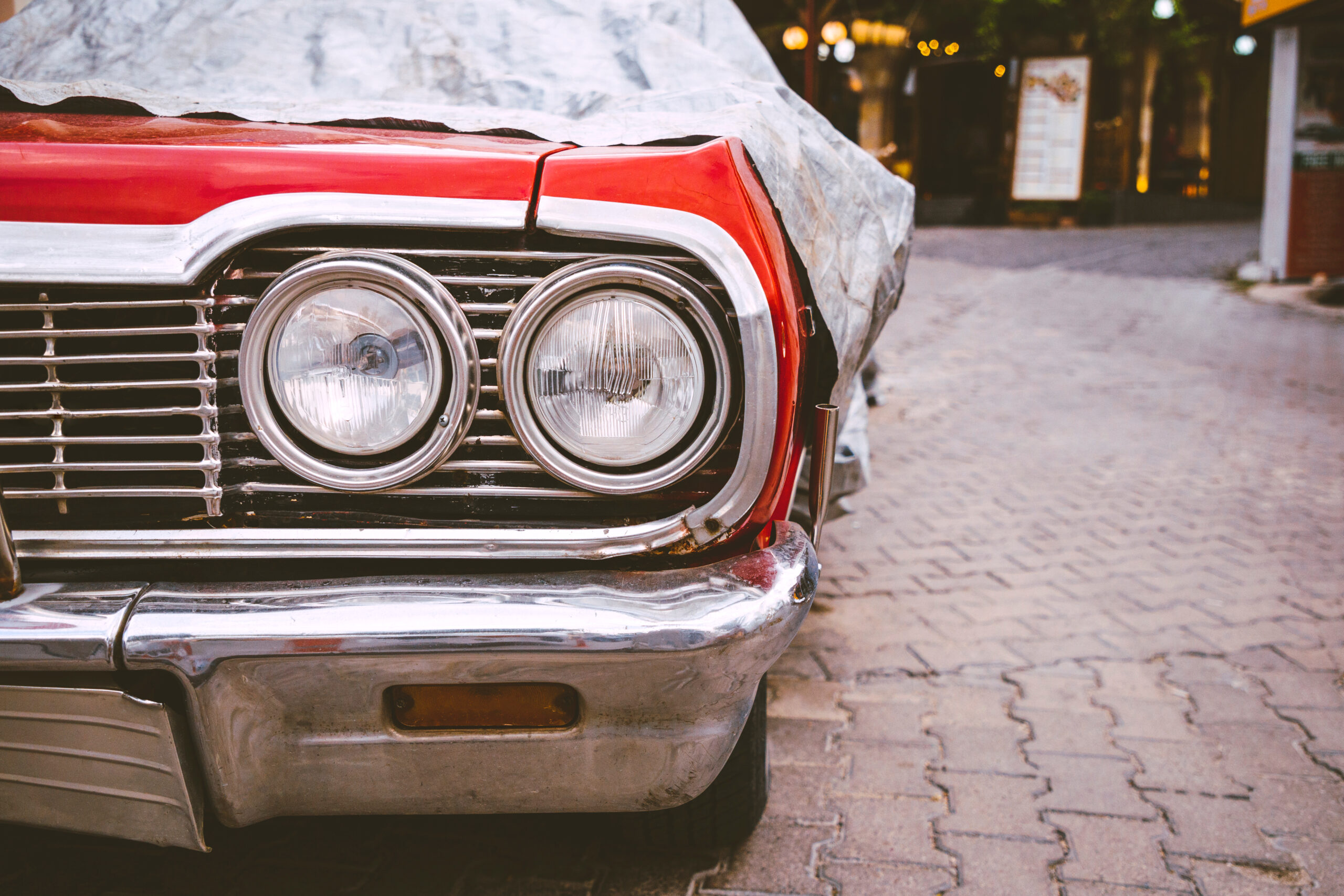
Classic Car Storage Tips: Preserving the Legacy

Classic cars are more than just vehicles. They are a testament to elegance, craftsmanship and vintage history. And any classic car aficionado can tell you that special care and attention are required to maintain their beauty and value over time. Whether you’re looking to store your vintage car for a season or for an extended period, proper storage is essential. In this article, we’ll get into the intricacies of classic car storage, covering everything from storing in garages to long-term preservation techniques.
How to Store a Classic Car: Important Tips
Properly storing a classic car is not as simple as parking it and leaving it untouched. Preserving them requires careful planning and execution. Here are some important tips that are generally recommended by car experts for storing a classic car effectively:
* Clean and Detail
Before storing your classic car, give it a thorough cleaning both inside and out. Remove dirt, grime, and any contaminants that could cause damage during storage. A fresh coat of wax can provide an additional layer of protection.
* Fluids and Fuel
Top off all fluids, including oil, coolant, brake fluid and transmission fluid. Consider whether adding a fuel stabilizer to the tank makes sense for your vehicle to prevent fuel degradation and engine issues.
* Tire Care
Over time, tires can develop flat spots if left stationary for an extended period. Inflate the tires to the recommended pressure and consider using jack stands to take the weight off the tires.
* Battery Maintenance
If possible, disconnect the battery or use a battery maintainer to prevent it from draining completely. Some experts note that a dead battery can lead to various electrical problems.
* Climate Control
If you have a heated space to store your classic car inside, that may be your best option, as storing your classic car in a controlled environment helps prevent extreme temperature fluctuations. Maintaining a stable temperature and humidity level can help protect the car’s interior and exterior. But if you must store it outside, keep reading, as we’ll be sharing tips on that too. For now, let’s focus on storing your classic car in a garage.
Storing a Classic Car in a Garage
According to The Car Investor, keeping a classic car in a garage is often considered the best storage solution, as it provides protection from the outdoor elements and additional security. Here’s how they recommend storing a classic car in a garage:
* Clean and Prep the Garage
Before parking your classic car in the garage, clean the space thoroughly to remove any dirt or debris. Sweep the floor, dust surfaces and ensure the area is free from pests.
* Temperature Considerations
If you have access to a heated garage, maintaining a stable temperature is easier. However, if you’re storing a classic car in an unheated garage, that works best if you’re able to insulate the space as much as possible. Place weather stripping around doors and windows to minimize drafts.
* Dehumidification
Storing your classic car in a space with too much humidity can lead to rust and mold growth. Consider using a dehumidifier in the garage to maintain optimal humidity levels and protect your classic car.
* Car Cover
Even when stored in a garage, using a breathable car cover can provide an extra layer of protection against dust and accidental scratches.
Is a Garage Required for Classic Car Storage?
While a garage provides the optimal storage environment for classic cars, it’s not always a requirement. With careful planning and by taking the right precautions, you can store your valuable vehicle in a variety of places. However, keep in mind that the absence of a garage might necessitate more frequent maintenance and protective measures. That said, let’s look at what you might want to consider if you choose to store your classic car outside.
If your only option is to store your classic car outside, it’s generally recommended that you take the following measures to minimize (but not guarantee the avoidance of) potential damage:
* Choose a Suitable Location
If you can, it may be best to park your classic car in a location that offers some protection from elements like cars passing by, frequent foot traffic or even trees with falling branches.
* Use a Quality Cover
You may benefit from investing in a high-quality, weather-resistant car cover specifically designed for outdoor use. Ensure the cover fits snugly to prevent wind from causing damage. This is most important if you live in an area that gets snow and ice in the winter, but you’ll probably benefit from using a car cover regardless of the season.
* Regular Maintenance
While it’s stored, consider checking on your classic car at least once or twice a month, especially during inclement weather. Remove the cover and inspect the vehicle for any signs of damage, water accumulation, or pests.
* Tire Care
When storing a classic car outside, paying attention to tire care is crucial. Like we said in the garage section … if you can, consider placing the car on jack stands to prevent flat spots on the tires.
Long-Term Classic Car Storage
If you’re planning to store your classic car for an extended period, whether due to travel, restoration, or other reasons, car experts also generally recommend that owners follow these additional steps to help ensure it remains in great condition:
* Full Inspection
Before long-term storage, conduct a comprehensive inspection of the vehicle. Document its current condition, including photographs, to have a reference point upon retrieval.
* Fluids and Engine
Consider changing the oil and filter before storage to help prevent contaminants from causing damage over time. Run the engine to circulate the fresh oil and prevent internal corrosion.
* Rotate the Tires
If you’re storing your classic car for an extended period, especially if you aren’t using jack stands to lift the car, rotating the tires periodically can also help prevent flat spots and uneven wear.
